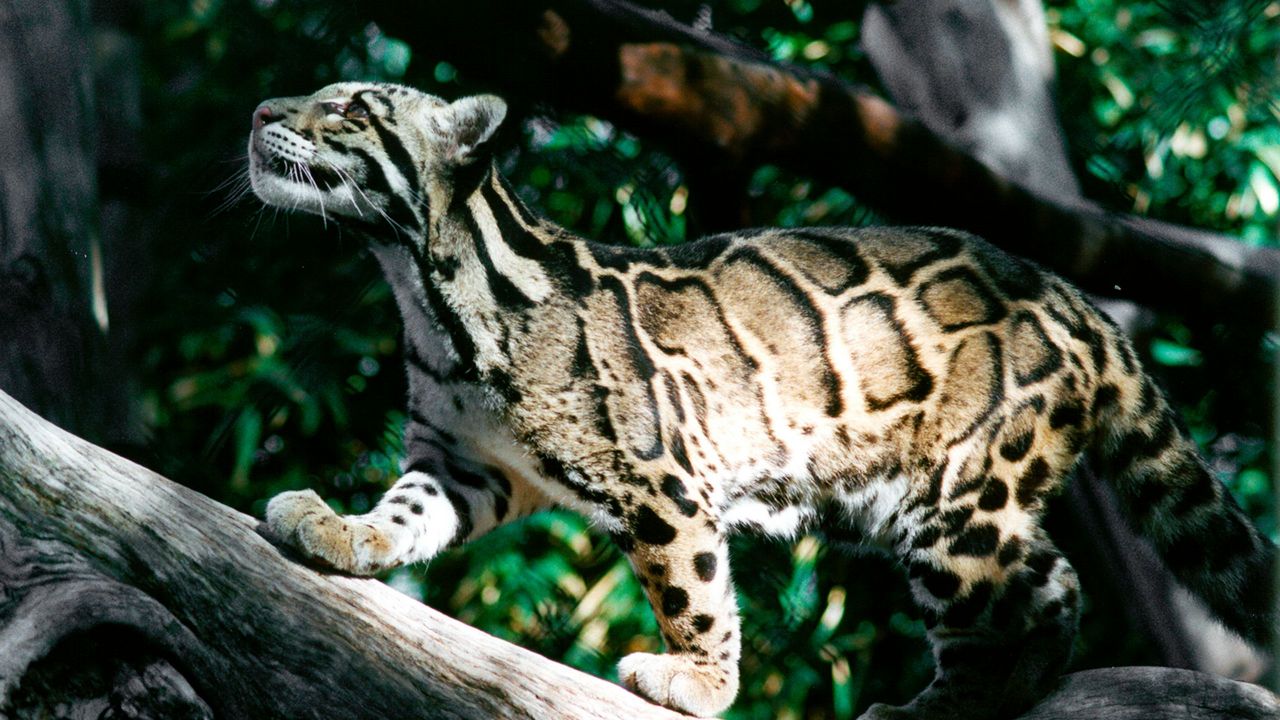
Clouded leopard: one of the most ancient cat species.
Kingdom: | Animalia
Phylum: | Chordata
Class: | Mammalia
Order: | Carnivora
Family: | Felidae
Subfamily: | Pantherinae
Genus: | Neofelis
There are two species of clouded leopards: the clouded leopard (Neofelis nebulosa) and the Sunda clouded leopard (Neofelis diardi).
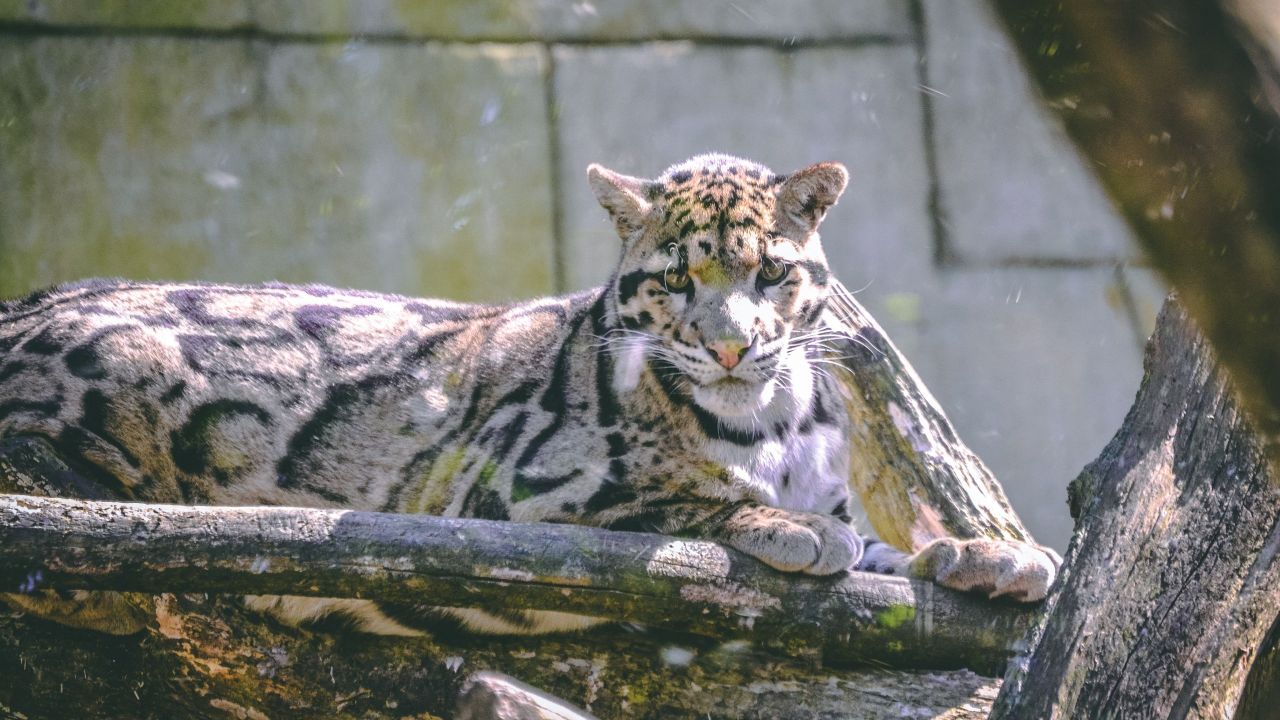
Size and Weight:
Clouded leopards are larger than small cats and smaller than big cats. Males are twice the size of females, with females weighing 22 to 30 pounds and males weighing 44 to 55 pounds. They measure 26 to 41 inches in length and stand 10 to 16 inches at shoulder height. They have an exceptionally long tail, used for balancing, that measures 24 to 33 inches long.
Appearance:
The clouded leopard is named after the distinctive ‘clouds’ on its coat. Its spots are partially edged in black, with the insides a darker color than the background color of the pelt. Its fur ranges in color from pale yellow to rich brown with irregular dark stripes, spots and blotches.
These medium-sized cats are well-adapted to forest living. They have a stocky build with relatively short legs and large, dexterous paws. Their paws have specialized footpads for gripping branches. These cats have specialized anklebones that allow varied positions for climbing, including climbing headfirst down trees. Clouded leopards are one of the few animals, and one of only two cat species, that can climb down trees headfirst.
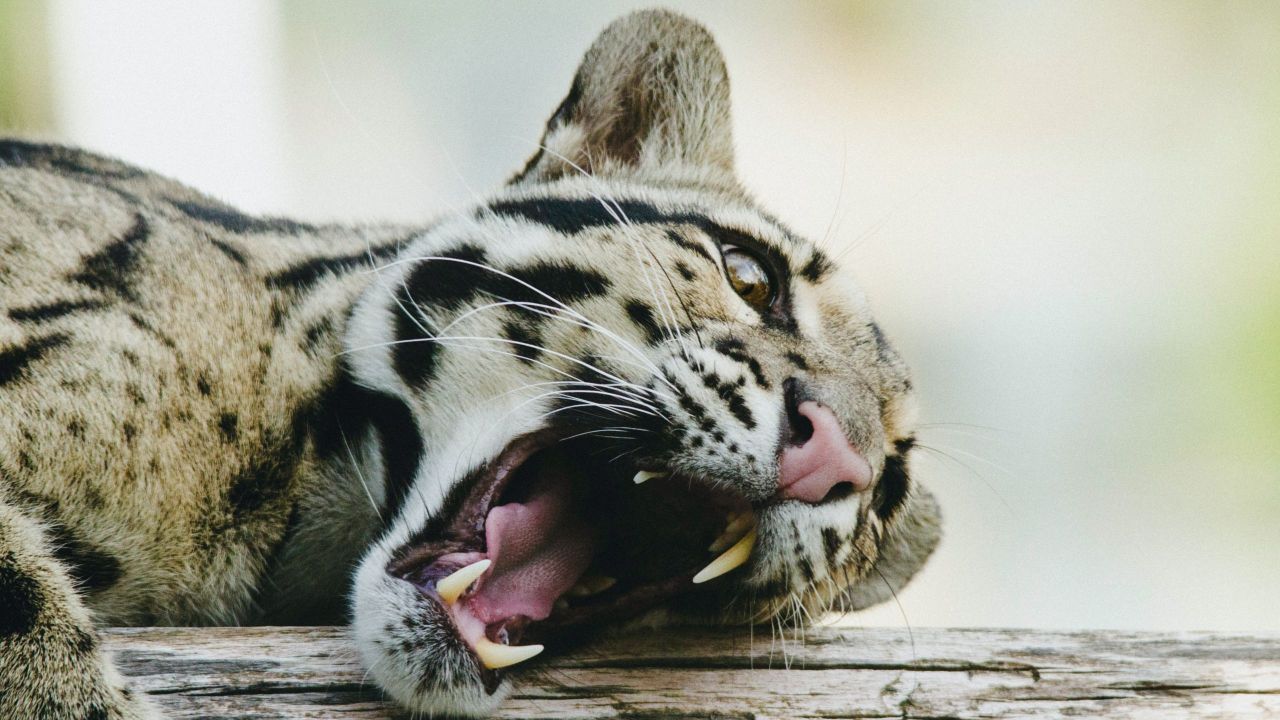
Diet:
Clouded leopards usually hunt on the ground and eat a variety of birds, squirrels, monkeys and wild pigs. They have an advantage in hunting as their ankles can rotate backward. This enables them to climb down a tree headfirst, to climb upside down and to hang from their back feet.
Despite their smaller size, clouded leopards have large mouths. While tigers are 10 times larger than them in body size, a clouded leopard’s 2-inch-long canine teeth are the same size as those of a tiger. A clouded leopard can open its jaws wider than any other cat, and its tooth development is most like that of the extinct sabertooth cat. These features enable the clouded leopards to take down larger hoofed mammals.
Habitat:
Their preferred habitats are tropical rainforests. However, they can also be found in grasslands, scrublands and wetlands.
Geography:
Clouded leopards can be found in Southeast Asia. Their range spans from Nepal, Bangladesh, and Assam (eastern India) through Indochina to Sumatra and Borneo, and northeastward to southern China and formerly Taiwan.
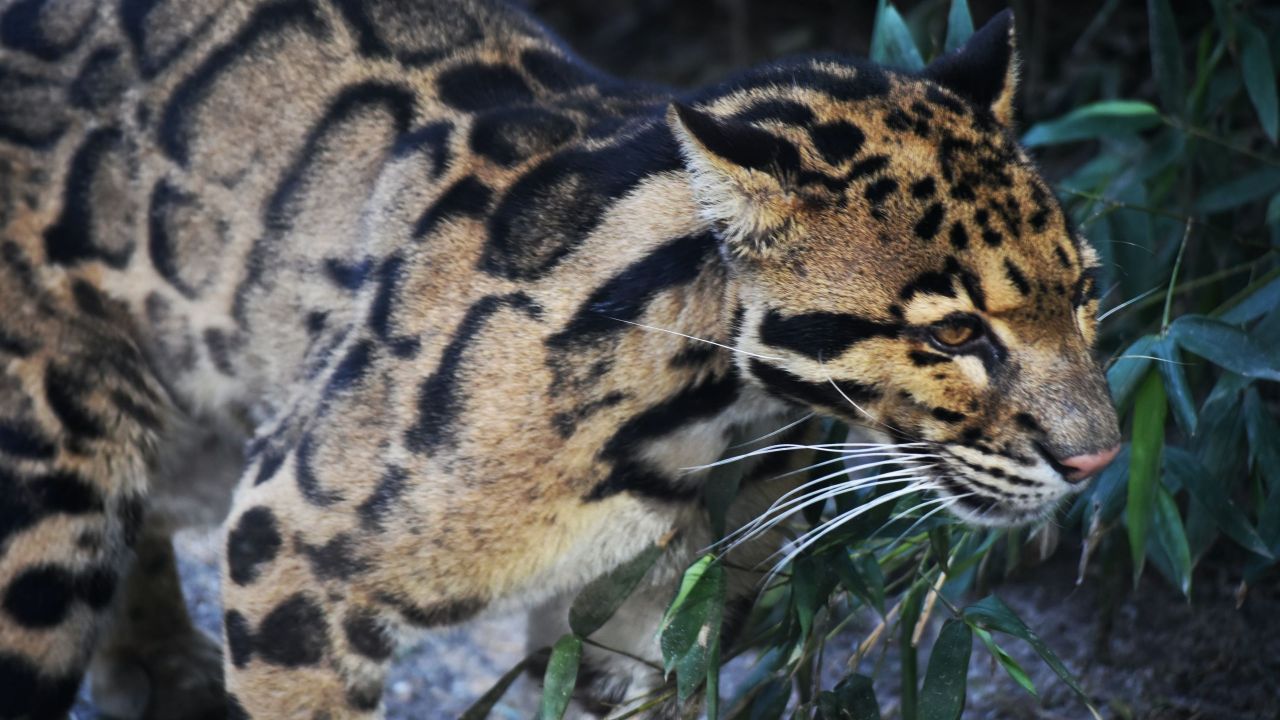
Breeding:
Clouded leopards reach sexually mature around 2 years old. Mating can occur in any month. After a gestation period of 85 to 93 days, the mother gives birth to a litter of one to five cubs, typically two or three. At birth, the cubs are small and helpless. At two to three weeks, they open their eyes, and a week later their teeth begin to emerge. By five weeks, cubs leave the nest. By the time they are six months old, they are fully weaned and have full adult coloration. This is when the mother most likely teaches her young to hunt. At 20 to 30 months old, they are ready to strike out on their own. Females can produce a litter every year.
Like many cats, clouded leopards have various reproductive challenges. Males are twice as large as females, so there is a higher chance of injury to the female cat in a breeding encounter. Males sometimes kill their potential mates during courtship. When potential pairs are introduced to each other at an early age, they have better breeding success.
Social Structure:
Clouded leopards live solitary lives with the exception of mothers and their cubs. These cats can communicate through calls. Their calls include a low, moaning roar, a soft chuffle, a growl, a hiss, and meows.

Lifespan:
In the wild, clouded leopards live about 13 years.
Threats:
The greatest threat to clouded leopards is habitat loss due to a growing number of farms. Its rainforest habitat is often divided into small, unconnected patches of forest by industrial logging and the development of agricultural areas. While they are protected by law, clouded leopards are still illegally hunted for their beautiful coat.
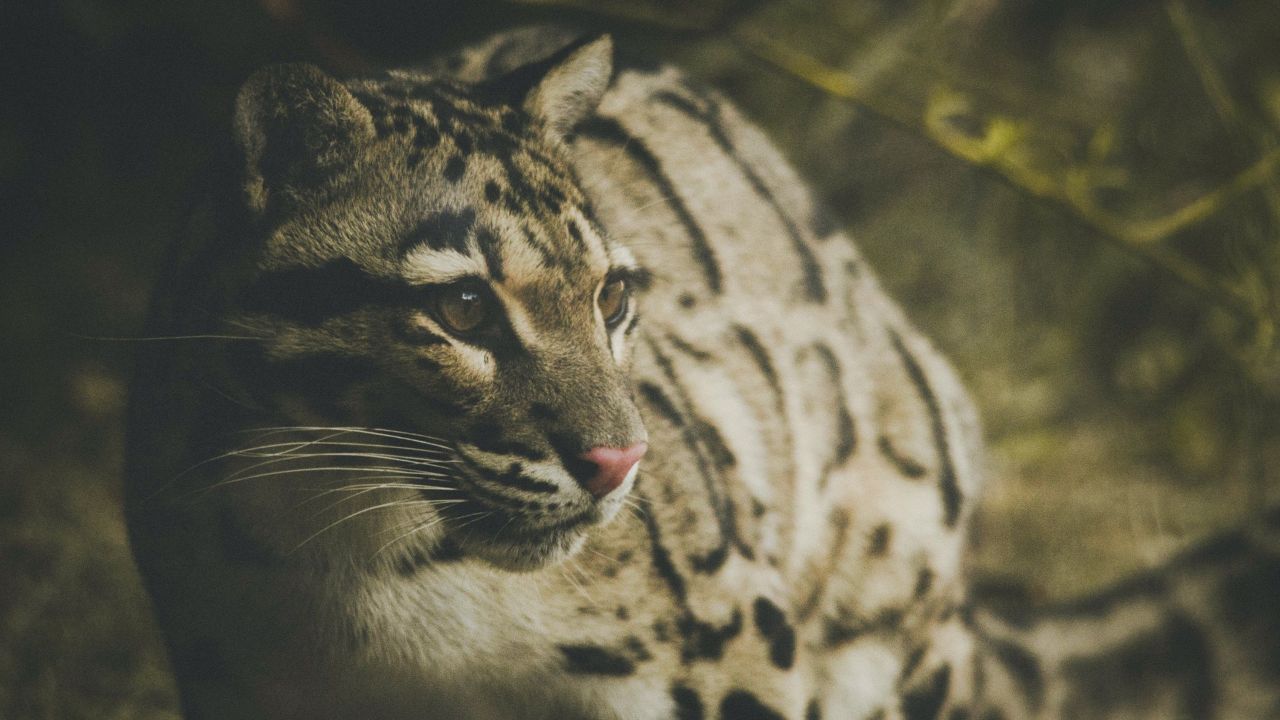
Conservation Status:
Both clouded leopard species are classified as “Vulnerable” by The IUCN Red List of Threatened Species.
Conservation Efforts:
Numerous conservation groups are working to protect the clouded leopard. For example, the World Wildlife Fund (WWF) and local wildlife authorities are working together to establish anti-poaching units and strengthen anti-poaching law enforcement in Bhutan.
Sources: San Diego Zoo Wildlife Alliance, WWF, and Smithsonian’s National Zoo and Conservation Biology Institute.
